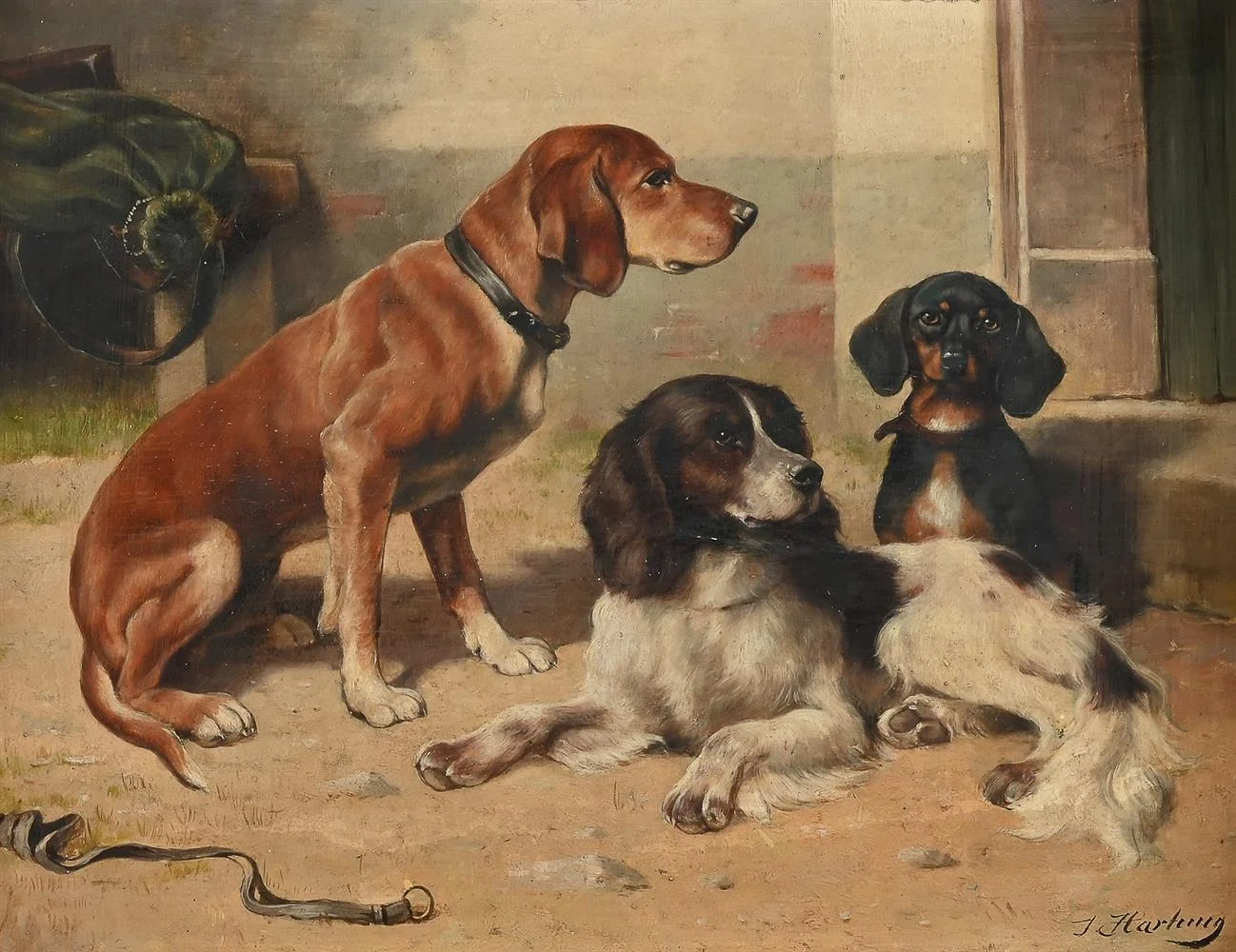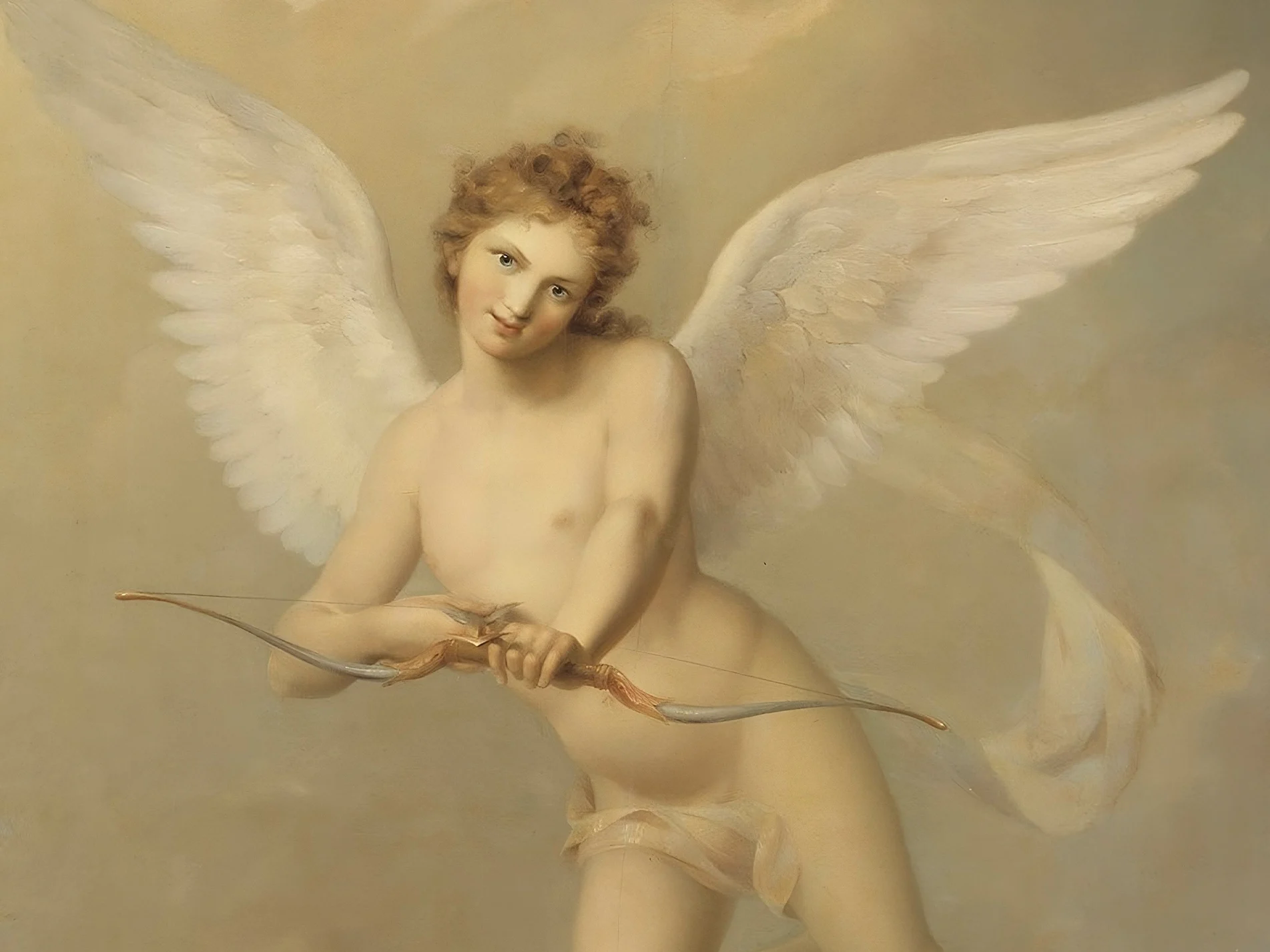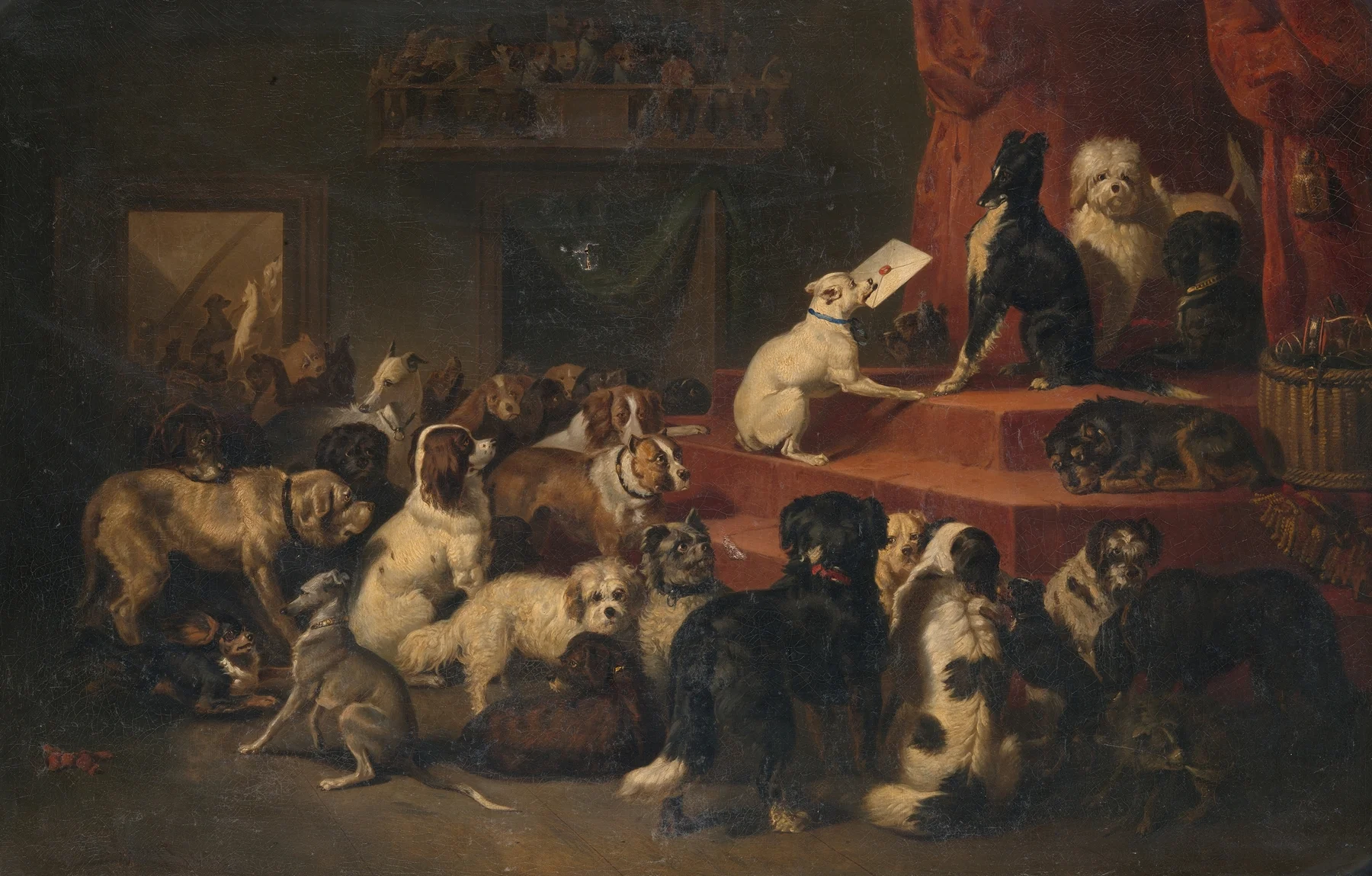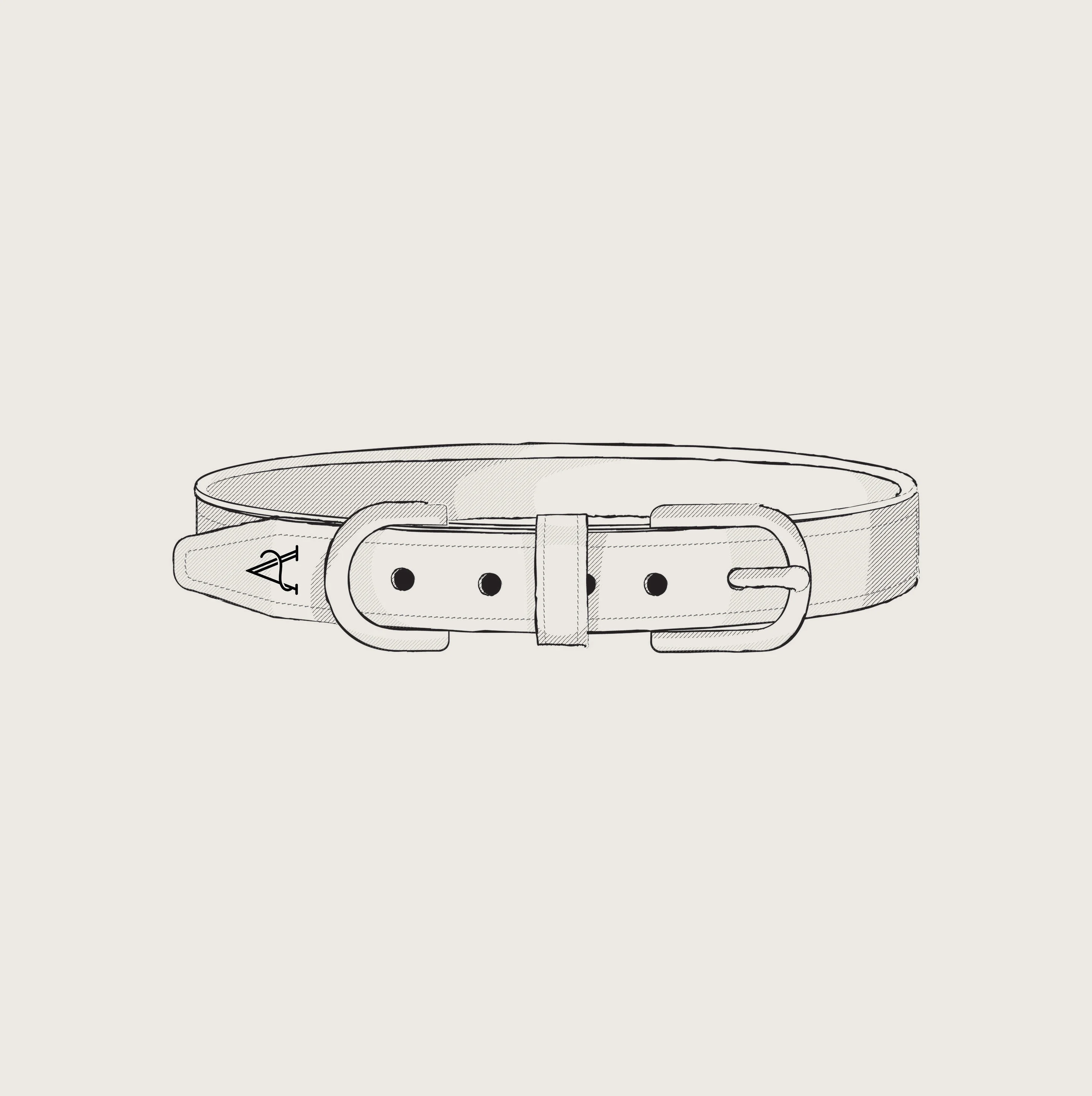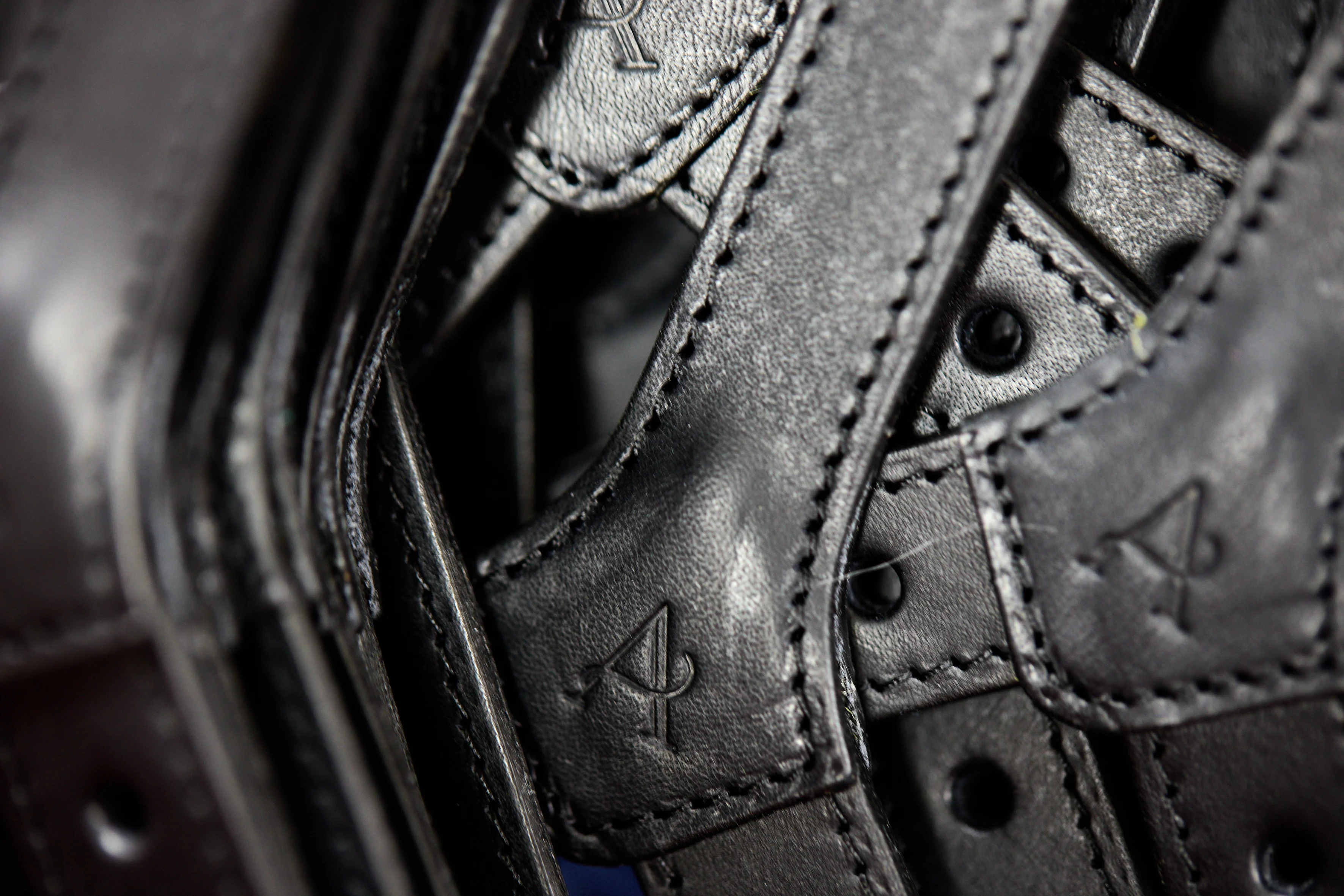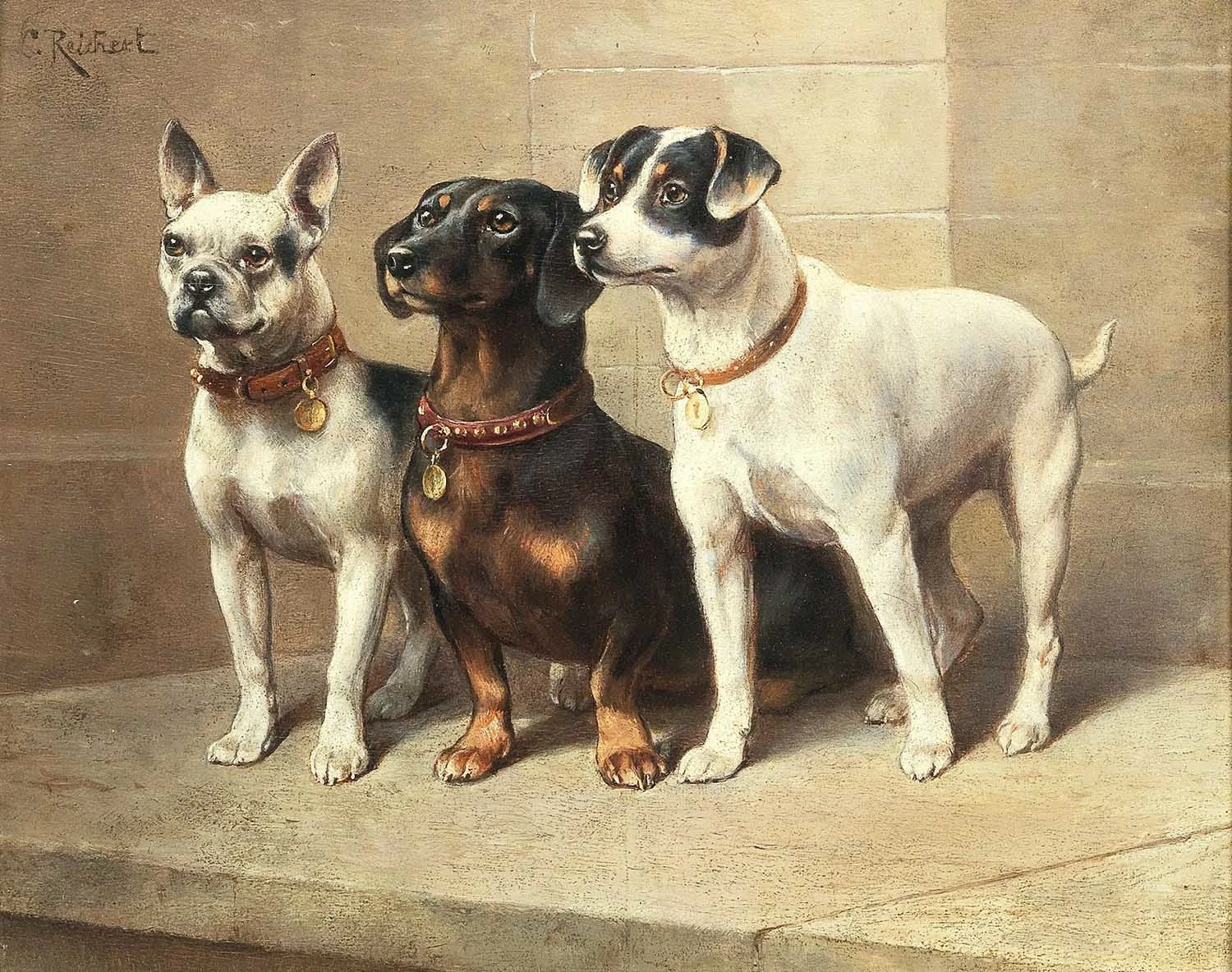
By the close of the 19th century, Britain had reached the peak of the industrial revolution and for the first time in history, a flurry of technological advances led to the development of new mass production and distribution capabilities, heralding the dawn of a new era of abundance.
Hegel's theory of dialectics explains how transformative processes unfold through the interaction of opposing forces. Spearheaded by John Ruskin, William Morris, and their contemporaries, the Arts and Crafts movement was a reaction to the influx of mass produced, homogeneous goods. Ruskin contended that the division between the intellectual act of design and the manual act of physical creation was detrimental both socially and aesthetically, a notion that was further expounded upon by Morris who argued that;
“Without dignified, creative human occupation, people became disconnected from life.”
American architect Louis Sullivan, often referred to as 'the father of modernism,' famously articulated the principle 'form ever follows function' in his seminal essay 'The Tall Office Building Artistically Considered.' This principle suggests that the design of a building should ultimately be dictated by its intended function or purpose, emphasising efficiency and practicality whilst relegating aesthetics to a secondary consideration. Other aesthetic and philosophical movements, such as brutalism and postmodernism, have similarly contributed to the idea that the aesthetic quality of a given object comes second to its perceived utility, or is entirely subjective.
This utilitarian approach has faced criticism. In his BBC documentary 'Why Beauty Matters,' the late Roger Scruton denounced the 'cult of utility,' arguing that beauty is not merely a subjective preference but a universal human need, and that prioritising utility over beauty can lead to spiritual impoverishment and the eventual decline of objects and structures;
“If we ignore this need, we find ourselves in a spiritual desert ... That which is only built for utility eventually turns to ruin when people stop using it, and they do that because there is no beauty. It is merely a means to an end. Put usefulness first, and you will lose it. Put beauty first, and what you get will be used forever ... nothing is more useful than the useless.”
Despite facing initial ridicule, the proponents of the Arts and Crafts movement soon found a receptive audience. Just as technological advancements had made a range of goods more widely accessible, individual preferences soon shifted towards block-printed floral wallpapers and intentionally unfinished furniture, evoking a sense of handmade craftsmanship. The trend spread throughout English society, culminating in interiors inspired by the movement's aesthetic emerging as the prevailing style in British middle-class homes. It has continued to this day, evolving into an international and rapidly growing phenomenon as evidenced by the launch and growth of marketplaces like Etsy and Amazon Handmade.
In 'The Power of Human,' social psychologist Adam Waytz references a number of intriguing field experiments from the fields of neuroscience and psychology that shed some light as to why. In a seminal study conducted in 2004, Krueger et al. coined the term 'the effort heuristic'. Using poems, paintings, and medieval armour, the researchers found that people valued these artefacts more when they believed that greater effort had been taken to produce them. In 2016, Buell et al. made similar observations. They recruited customers at a university dining hall to participate in an experiment in exchange for a free sandwich. Some were randomly assigned to observe workers preparing their sandwiches the following day before paying, while others simply ordered and picked up their sandwiches the next day without observation. Those who observed the sandwich-making process reported greater enjoyment of their food, despite longer wait times. This finding builds on research from 2011 by Buell et al., where the term 'labor illusion' was coined. In this seminal study, the researchers discovered a counterintuitive phenomenon: individuals preferred websites that exhibited effort exertion, even if it meant longer wait times and the results were identical to those provided instantly.
Kurt Gray's research from 2010 revealed that the human intention behind experiences enhances pleasure. In one study, participants were given sweets and informed either of an intentional selection by another person or a random choice. Subsequently, they rated the enjoyment of the sweets. Those informed of the benevolent human intention rated the sweets as tasting better than those informed of random selection. Another experiment showed a comparable effect with electric massages: participants derived greater pleasure from massages administered by a human compared to those by a computer. Similarly, a study by Fuchs et al. (2015) found that participants evaluating various consumer goods believed that handmade products contained and were made with more love than machine-made products. As a result, they expressed a greater willingness to purchase or gift handmade products and were willing to pay more for them.
Neuroscientist Ulrich Kirk (2009) has shown how these psychological responses are underpinned by genuine physiological reactions. In an experiment, labelling artworks as human-made increased their perceived value and aesthetic appeal compared to identical computer-generated artwork. Kirk observed that the former triggered greater activation in the medial orbitofrontal cortex, a crucial brain region implicated in representing value and pleasure. This region has been consistently identified in neuroimaging studies as tracking subjective pleasure.
As our world becomes increasingly automated, we remain steadfast in our belief that aesthetics, craftsmanship, and human connection will endure in their ability to elevate the human experience, which lies at the heart of our endeavours.
Get the latest news, guides and more
Liked this article? Sign up to get them delivered straight to your inbox.



